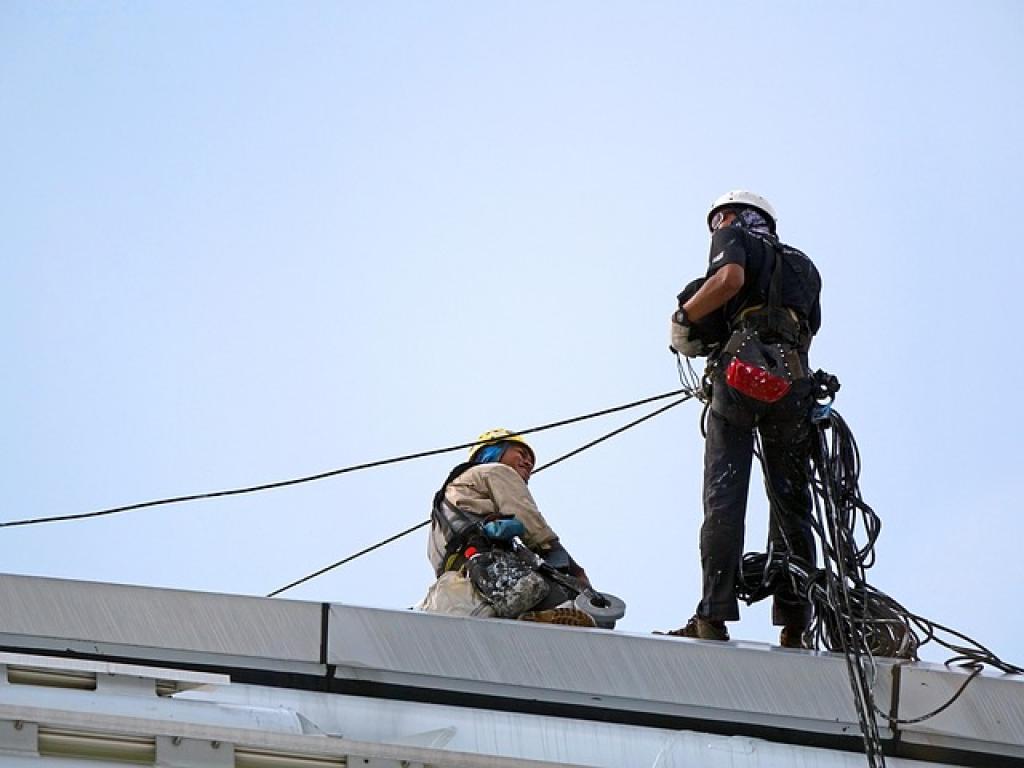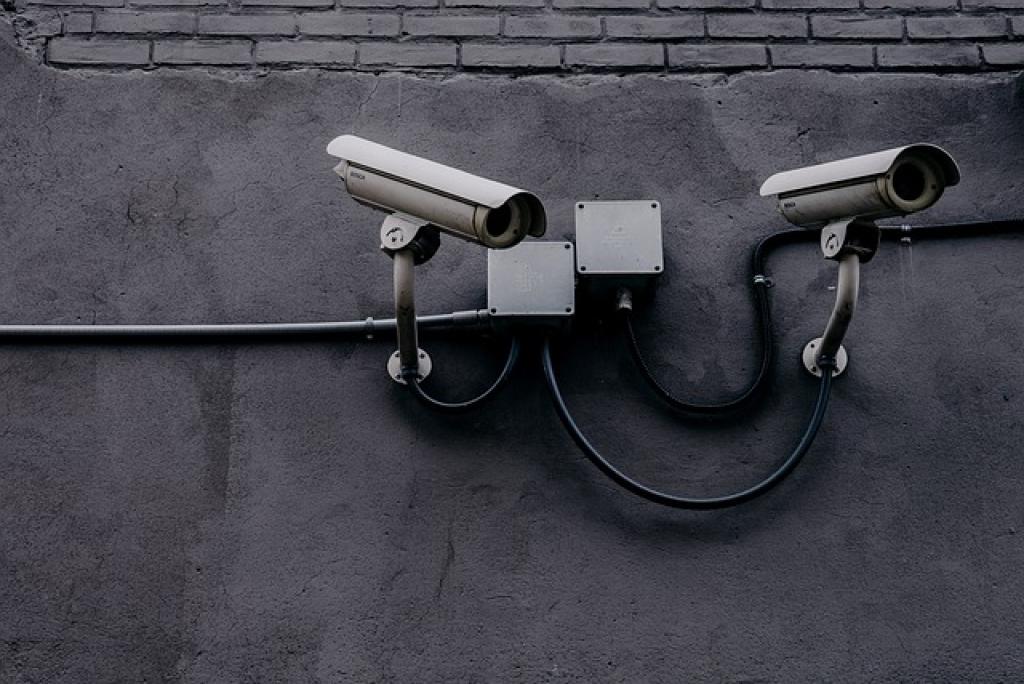
Enhancing Security Coverage for High-Risk Locations and Night Shifts
In an ever-changing world, the importance of robust security measures is more crucial than ever. This is especially true for high-risk locations and night shifts, where the challenges are as unique as they are daunting.
Imagine a bustling hospital emergency room in the dead of night, or a vital data center operating in the shadowy hours. These scenarios require specialized security strategies that go beyond the traditional nine-to-five playbook.
Whether it’s safeguarding critical infrastructure, protecting sensitive information, or ensuring the safety of staff and assets, the stakes are undeniably high. Night operations and high-risk sites face unique threats that demand tailored solutions to address vulnerabilities effectively.
Join us as we explore innovative ways to bolster security coverage for these sensitive scenarios. Discover strategies that blend advanced technology with human insight, and learn how to create a secure environment capable of withstanding varied challenges. Your journey to enhancing security starts now—because when it comes to safety, there’s no room for compromise.
Understanding the Security Challenges in High-Risk Locations
High-risk locations are the epicenters where potential threats converge, creating a need for vigilant and dynamic security solutions. These environments are often bustling with activity, each moment bringing a new set of dynamics that can obscure lurking vulnerabilities.
From urban centers with dense populations to remote sites integral to national infrastructure, the nature of high-risk locations varies significantly. Each setting presents unique security challenges that require in-depth understanding and strategic adaptation.
The complexity grows further when you consider the ever-evolving tactics of those with ill intent. From sophisticated cyber-attacks targeting data centers to physical breaches at critical facilities, the risks are diverse and continually changing.
Effective security in these locations hinges on in-depth risk assessment paired with proactive planning. Understanding the specific threats and vulnerabilities of a site allows for the development of robust security protocols and technologies.
Moreover, the integration of cutting-edge technology, such as surveillance and access control systems, plays a crucial role in enhancing vigilance and response capabilities. Training security personnel to recognize and respond to threats swiftly is equally essential.
Addressing these challenges requires foresight, expertise, and a commitment to continuously adapting to emerging security landscapes.
Key Considerations for Night Shift Security
Night shifts introduce a unique set of challenges that require tailored security measures to maintain safety and security. The cloak of darkness naturally reduces visibility, providing cover for potential threats that might otherwise be deterred during daylight hours.
Staffing the night shift with well-trained security personnel is a foundational element. These professionals should be astute, adaptable, and capable of responding swiftly to incidents that occur under the radar of regular daytime operations.
Advanced surveillance technology takes on an even more significant role during night shifts. With the aid of infrared cameras and motion detectors, visibility limitations can be overcome, ensuring constant monitoring of the premises.
Also crucial is the support of a robust communication system. Seamless coordination among team members and with local authorities is vital for quick response to any emerging threats or incidents.
Equally, maintaining high morale among night shift workers through appropriate support and engagement can reduce human error, a critical factor when alertness might wane during extended overnight hours.
To adapt security protocols to the night shift, it’s essential to understand the specific vulnerabilities that darkness introduces while ensuring that resources are effectively aligned to counter any threats that may arise during these critical hours.
Implementing Advanced Surveillance Systems
In the quest to fortify security for high-risk locations and night shifts, advanced surveillance systems emerge as invaluable allies. These systems incorporate cutting-edge technology to provide comprehensive oversight and bolster situational awareness.
Modern surveillance goes beyond static cameras. Intelligent video analytics can detect unusual patterns and movements, providing real-time alerts that bring potential threats to attention instantly. This proactive approach allows security teams to respond swiftly, mitigating risk before situations escalate.
Another critical component is the integration of thermal imaging cameras, crucial for night-time operations. These devices transcend the limitations of standard cameras, offering clear visibility regardless of lighting conditions, and ensuring continuous monitoring throughout the nocturnal hours.
Cloud-based solutions further enhance surveillance by enabling remote access to live feeds and recordings anywhere, anytime. This flexibility supports rapid decision-making and coordination, essential in maintaining a secure environment.
Additionally, adopting a scalable surveillance system ensures that security measures can evolve alongside emerging threats. This adaptability means that as risks increase or change, the system can be adjusted to maintain rigorous protection.
Implementing these advanced systems enhances capabilities and builds a robust security framework, offering peace of mind for any high-risk location, day or night.
Training Security Personnel for Specialized Situations
Ensuring the efficacy of security measures in high-risk locations and during night shifts starts with training personnel to handle specialized situations with precision and confidence. Skilled personnel can be the determining factor between a secure environment and a vulnerable one.
Tailored Training Programs
Training programs should be customized to address the specific threats and challenges of the environment they will operate in. For high-risk locations, this means understanding the potential scenarios and practicing responses thoroughly. Sessions should include simulations that mimic real-world situations they might face, building familiarity and reducing response times.
Moreover, understanding the integration of technology is paramount. Training personnel to effectively use advanced surveillance systems and communication tools is essential. Knowledge of these systems enhances their ability to monitor, report, and respond to threats, especially in technology-reliant settings.
Leadership and decision-making skills also need honing. In specialized situations, quick and decisive actions are often required. Security personnel should be equipped to take initiative and make informed decisions in high-pressure environments, ensuring smooth operations and heightened security levels.
Regular evaluations and refresher courses can ensure that personnel are not only maintaining their skills but also adapting to new security challenges as they arise. Creating a culture of continuous learning and adaptation ensures that security teams are always at the top of their game.
Utilizing Access Control Measures Effectively
Access control measures are vital components in the security arsenal of high-risk locations. They serve as the first line of defense, ensuring that only authorized individuals gain entry to sensitive areas.
The foundation of effective access control lies in technology. Implementing advanced systems such as biometric scanners, keycard access, and mobile-enabled entry points can significantly tighten security. These tech solutions offer precise records of who accessed specific areas and when, allowing for enhanced monitoring and accountability.
Integrating Access Control with Surveillance
Seamless integration between access control systems and surveillance is critical. By synchronizing these elements, security teams can cross-verify entry logs with video footage, adding an extra layer of scrutiny. This integration helps quickly identify and address any unauthorized access attempts.
Furthermore, employing a layered approach bolsters security. This involves imposing varying access levels based on personnel roles. Restricting access to certain areas ensures that sensitive information and assets remain protected from those without the necessary clearance.
Regularly reviewing and updating access control protocols is necessary to adapt to new security challenges. By evaluating and adjusting access policies, organizations can ensure that they remain aligned with emerging threats, maintaining a robust protective barrier at all times.
Emergency Response Protocols for High-Risk Scenarios
In high-risk locations, having well-crafted emergency response protocols is essential to ensure a quick and effective reaction to potential threats. These protocols need to be clear, comprehensive, and easily accessible to all personnel involved.
A strong protocol begins with thorough risk assessment, identifying possible scenarios and their impacts. This understanding forms the basis for tailored emergency plans, ensuring that protocols are relevant and effective.
Coordinated Response Teams
Establishing coordinated response teams is crucial. These teams should have clearly defined roles and responsibilities, ensuring everyone knows their part in the event of an emergency. Effective communication within and between teams is key, allowing for seamless operations during critical moments.
Regular drills and training are vital to maintaining readiness. Simulating emergencies helps teams practice their roles, test protocols, and identify areas needing improvement. This proactive approach allows for continuous refinement of procedures, enhancing overall preparedness.
Ensuring that communication channels are robust and reliable further supports emergency protocols. Equipping teams with the right tools to communicate effectively, both internally and with external agencies, aids in managing situations more efficiently.
By prioritizing emergency response planning, high-risk locations can mitigate threats, protect assets, and most importantly, ensure the safety of all individuals involved.
The Bottom Line: Enhancing Overall Security in Vulnerable Settings
Ensuring security in high-risk locations and during night shifts is a complex yet critical endeavor. By understanding the unique challenges these settings present, we can implement effective strategies to mitigate potential threats.
Advanced surveillance systems and robust access control measures form the backbone of physical security. They offer a vigilant eye and controlled access, which are essential components in safeguarding premises and personnel alike. However, the technology is only as effective as the people who operate it. Thus, comprehensive training for security personnel is vital, equipping them with the skills needed to manage unprecedented situations with confidence and agility.
Additionally, emergency response protocols provide a safety net for unexpected scenarios. By clearly defining procedures and maintaining readiness through regular drills, organizations ensure they are prepared, minimizing response times and impacts.
Transitioning from theory to practice, integrating these elements establishes a proactive security culture. Continuous assessment and adaptation of security measures keep them robust and resilient against evolving threats.
Ultimately, investing in a harmonious blend of technology, training, and protocols enhances the safety and security of vulnerable settings. It provides priceless peace of mind, ensuring that people and assets are protected, no matter the hour or the risk. By taking these steps, organizations can rest assured that they are doing everything possible to maintain a secure environment.


